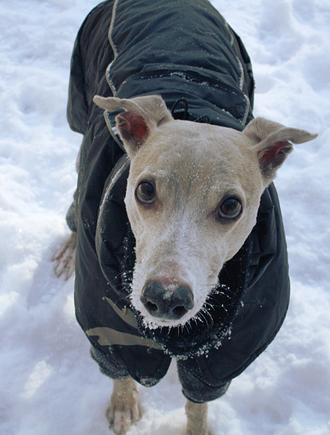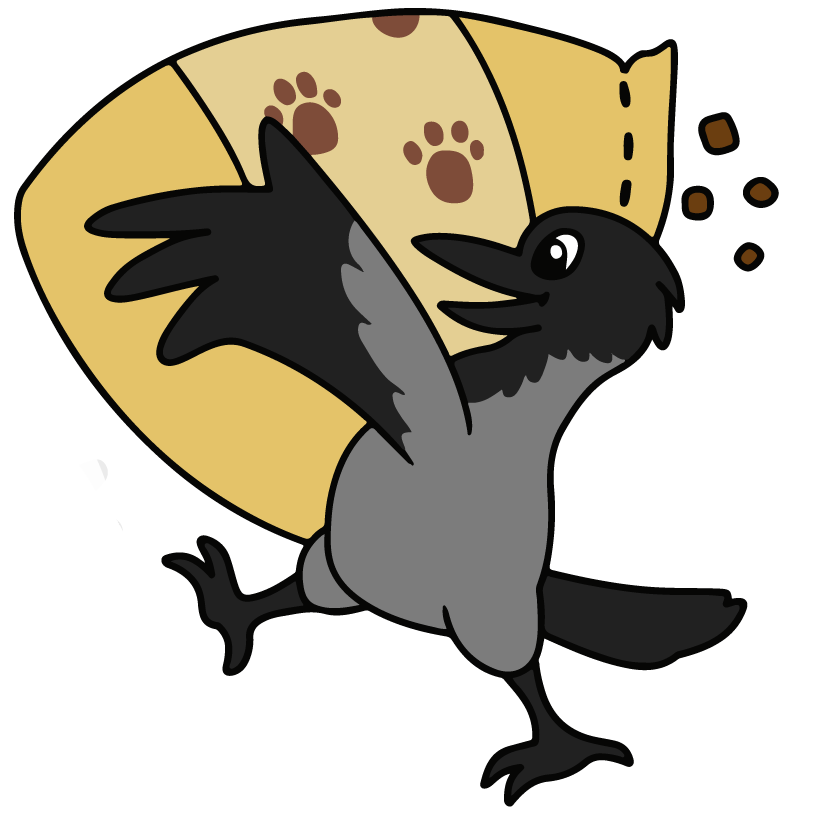Positive training methods have been widely adopted by many trainers around the world in the past years. This is partly because pets have gained a more important role in families and the demand of humane training methods is growing, but also because newest studies show positive methods have a striking effect on how fast and how eager the dog, or the human for that matter, is to learn. |
Mistä on kyse?Koko elämänsä koiria harrastaneen raakaruokintafriikin ajatuksia, pohdintoja ja elämää koiralauman kanssa. Seuraa meitä
Päivitämme säännöllisen epäsäännöllisesti myös Facebookiin.
Historia
June 2022
Kategoriat
All
|



